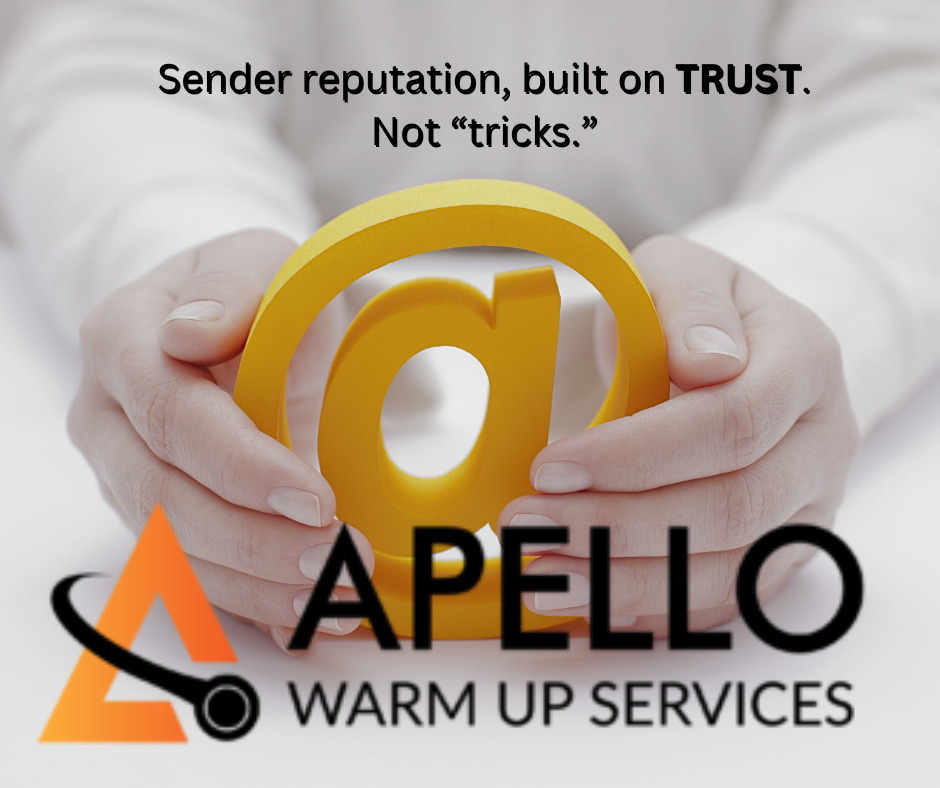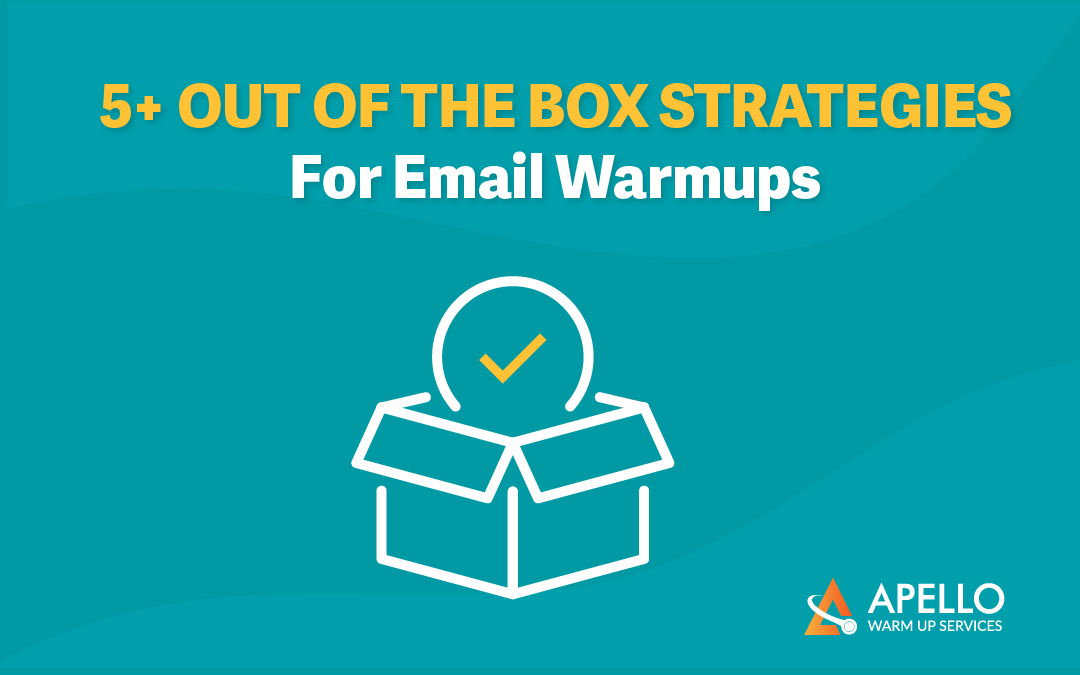Email warmups are a game-changer for anyone serious about sending emails. They are the essential preparation that can elevate your email campaigns from ignored to impactful. But what exactly is the email warmup process, and why is it so critical for your success? Think of an email warmup as a digital handshake with an email service provider. It’s how you build trust and establish a positive sender reputation. This trust ensures your messages land in the primary inbox, not in spam folders where they go unseen.
This guide covers the details of how an email warmup works. We will discuss why it matters, how to do it correctly, and share tips to improve your results. Ready to properly warm your email account and boost your outreach?
Table of Contents:

- What Are Email Warmups?
- Why Email Warmups Matter
- How to Warm Up Your Email Account
- Manual vs. Automated Warmups
- Pro Tips for Email Warmups
- Frequently Asked Questions
- Conclusion
What Are Email Warmups?
An email warmup is a systematic process for a new or inactive email account. The process involves gradually increasing the number of emails you send over a period of time. This activity demonstrates to service providers like Google and Microsoft that you are a legitimate sender.
A freshly created email account has no history, making it look suspicious to spam filters if it suddenly sends hundreds of messages. The warmup process involves sending messages, receiving replies, and maintaining conversations to build a positive history. It’s about earning the trust of email service providers, one email at a time, to prove you’re not a spammer.
The main goal is to gradually improve your email reputation. When an email service provider sees a consistent pattern of positive engagement, it learns to trust your email address. This groundwork is vital before you start sending cold emails or larger email campaigns.
Why Email Warmups Matter

Imagine launching an email campaign only for it to fall flat because no one sees your messages. This happens when your emails land in spam folders. An email warmup is your best defense against this, as it significantly improves email deliverability and helps you avoid spam traps.
A strong sender reputation is the foundation of any successful email strategy. It directly influences your open rate and overall campaign performance. When service providers trust your email domain, they are more likely to place your messages directly into the warmup inbox, leading to higher engagement.
Without a proper warmup, your email account is at high risk of being flagged for suspicious activity. This can lead to your emails being throttled, blocked, or even getting your account suspended. Taking the time to warm your account is a small investment that protects your ability to reach your audience effectively.
How to Warm Up Your Email Account
Ready to get your email account warm and ready for outreach? This step-by-step guide will walk you through the manual warmup process. Following these steps helps build a positive email reputation from the ground up.
1. Start Small
Begin by sending a very small number of emails each day. A good starting point is between 5 and 10 daily messages. Send these emails to friends, colleagues, or other email accounts you control and can access.
The key at this stage is to guarantee positive interactions. Ask your contacts to open your email, click on any links, and most importantly, send a reply. This initial activity signals to service providers that your account is engaging in genuine, two-way conversations.
2. Gradually Increase Volume
Consistency is crucial as you begin to increase your sending volume. You should aim for a slow and steady increase rather than sudden spikes. A good rule of thumb is to increase your daily sending volume by about 25-50% each week.
This gradual increase looks like natural account growth to email providers. For example, if you start with 10 emails a day in week one, you might increase to 15 in week two, then 22, and so on. This pacing allows your sender reputation to build alongside your volume.
Below is a sample schedule to help you visualize the process of a gradually increasing number of emails. Remember, this is just a guideline, and you may need to adjust based on your specific needs and the feedback you receive from your metrics.
| Week | Daily Emails Sent | Total Weekly Emails |
|---|---|---|
| 1 | 10 – 20 | 70 – 140 |
| 2 | 20 – 40 | 140 – 280 |
| 3 | 40 – 60 | 280 – 420 |
| 4 | 60 – 80 | 420 – 560 |
3. Mix Up Your Content
Avoid sending the exact same message repeatedly during the warmup process. Spam filters are designed to catch repetitive, bot-like activity. Vary your subject lines and email body content to make your outreach appear more human and authentic.
Create several different email templates to use. Change the wording, the length of the messages, and the questions you ask. This diversity in your warm-up emails demonstrates that a real person is behind the account, not an automated system.
4. Encourage Engagement

Positive engagement is the most powerful signal you can send to email providers. Actively encourage your recipients to interact with your warm-up email. Ask them to reply to your message, click a link, or mark your email as important.
Every reply you receive helps build your positive sender’s reputation. These actions tell spam filters that your messages are wanted and valuable to the people receiving them. This is a critical step in showing you are a trusted sender.
5. Be Consistent
Maintain a regular sending schedule throughout the warmup period. Sending emails consistently every day is better than sending a large batch once a week. Erratic sending patterns, with large spikes and long periods of inactivity, can appear suspicious to service providers.
A consistent schedule helps establish a predictable and trustworthy sending pattern. This reliability is a key factor in building and maintaining a good reputation. Treat the warmup like a daily routine for your email account.
Manual vs. Automated Warmups
You have two main options when it comes to warming up your email account: doing it yourself or using a dedicated service. The manual warmup process, as outlined above, gives you full control but requires significant time and coordination. You must personally send emails and secure replies from colleagues or other accounts.
Alternatively, an email warm-up service automates the entire process. These platforms use a large deliverability network of real email accounts to send and receive your warm-up emails automatically. This approach is much faster and more efficient, as it generates positive engagement without your direct involvement.
Many email warm-up services offer a free trial, allowing you to test their platform. While these tools come with a subscription cost, they save valuable time and can often produce better results than a manual effort. Choosing between manual and automated methods depends on your budget, time, and the scale of your email outreach.
Pro Tips for Email Warmups
Want to maximize the effectiveness of your warmup email efforts? These advanced tips can help you build a stronger reputation. Following these best practices will set your email campaigns up for long-term success.
Use a Dedicated IP Address
If you plan on sending a high volume of emails, a dedicated IP address is a smart investment. When you use a shared IP, your sender reputation is affected by the other users on that IP. A single bad actor can damage the reputation for everyone.
A dedicated IP gives you complete control over your sending reputation. It acts as your private highway for sending emails, free from the traffic and potential issues caused by others. This isolation makes it easier to manage and protect your deliverability.
Authenticate Your Domain
Proper email authentication is non-negotiable for serious email senders. Setting up SPF, DKIM, and DMARC records for your email domain is crucial. These are technical standards that verify your identity to email providers.
Think of them as a digital passport for your emails. SPF (Sender Policy Framework) specifies which mail servers are authorized to send email for your domain. DKIM (DomainKeys Identified Mail) adds a digital signature to your emails, and DMARC (Domain-based Message Authentication, Reporting & Conformance) tells receiving servers how to handle emails that fail these checks.
Monitor Your Metrics
Pay close attention to your email metrics throughout the warmup process and beyond. Track your deliverability, open rates, click-through rates, and reply rates. A sudden drop in any of these numbers could indicate a problem with your sender reputation.
Tools like Google Postmaster Tools can provide valuable insights into how Gmail views your domain and IP reputation. Regularly monitoring these analytics allows you to spot issues early and adjust your strategy. It’s a health check-up for your email outreach.
Clean Your List Regularly
Maintaining a clean email list is essential for a positive email reputation. Periodically remove subscribers who are inactive and any email addresses that result in hard bounces. Sending emails to invalid addresses harms your reputation.
A clean list leads to higher engagement rates, which is a strong positive signal to service providers. It is like tending to a garden; pruning away the inactive parts allows the healthy parts to thrive. This practice ensures your messages are going to people who want to receive them.
Frequently Asked Questions
Here are answers to some frequently asked questions about the email warmup process. Understanding these points will help you get the best results. These are common queries from people just starting with sending cold emails.
- How long does the email warmup process take? Generally speaking, a proper warmup takes at least 4 to 6 weeks. For those planning to send a high volume of cold emails, this process can take up to 12 weeks. The duration depends on your target sending volume; the higher the volume, the longer the warmup should be.
- What is sender reputation and why does it matter? Sender reputation is a score that an email service provider assigns to your email domain and IP address. This score determines whether your emails reach the inbox, the spam folder, or get blocked entirely. A good reputation is essential for email deliverability.
- Can I warm up a freshly created email account? Yes, you absolutely should warm up a freshly created email account. A new account has no sending history, so it needs a warmup period to build trust with service providers before you begin any significant email campaign.
- What happens if I stop the warmup process suddenly? An abrupt halt or a significant drop in sending volume after a warmup period can look suspicious to spam filters. It is best to maintain a consistent sending schedule even after the initial warmup is complete to preserve your positive email reputation.
- Do I need to warm up my email domain too? Yes, your domain reputation is just as important as your email account and IP reputation. The warmup process builds the reputation for all three. Ensure your custom email address is associated with a properly authenticated domain.

Conclusion
The email warmup process is a fundamental part of any effective email marketing strategy. It’s the groundwork that builds trust with service providers, boosts your deliverability, and ensures your message reaches its intended audience. Remember that warming up your email account is a marathon, not a sprint.
Patience and consistency are your greatest assets during this phase. By following the steps outlined here, using helpful warm-up services when needed, and avoiding common mistakes, you can build a strong sender reputation. This foundation will allow you to run successful future cold email campaigns that reach inboxes and get results.


Recent Comments